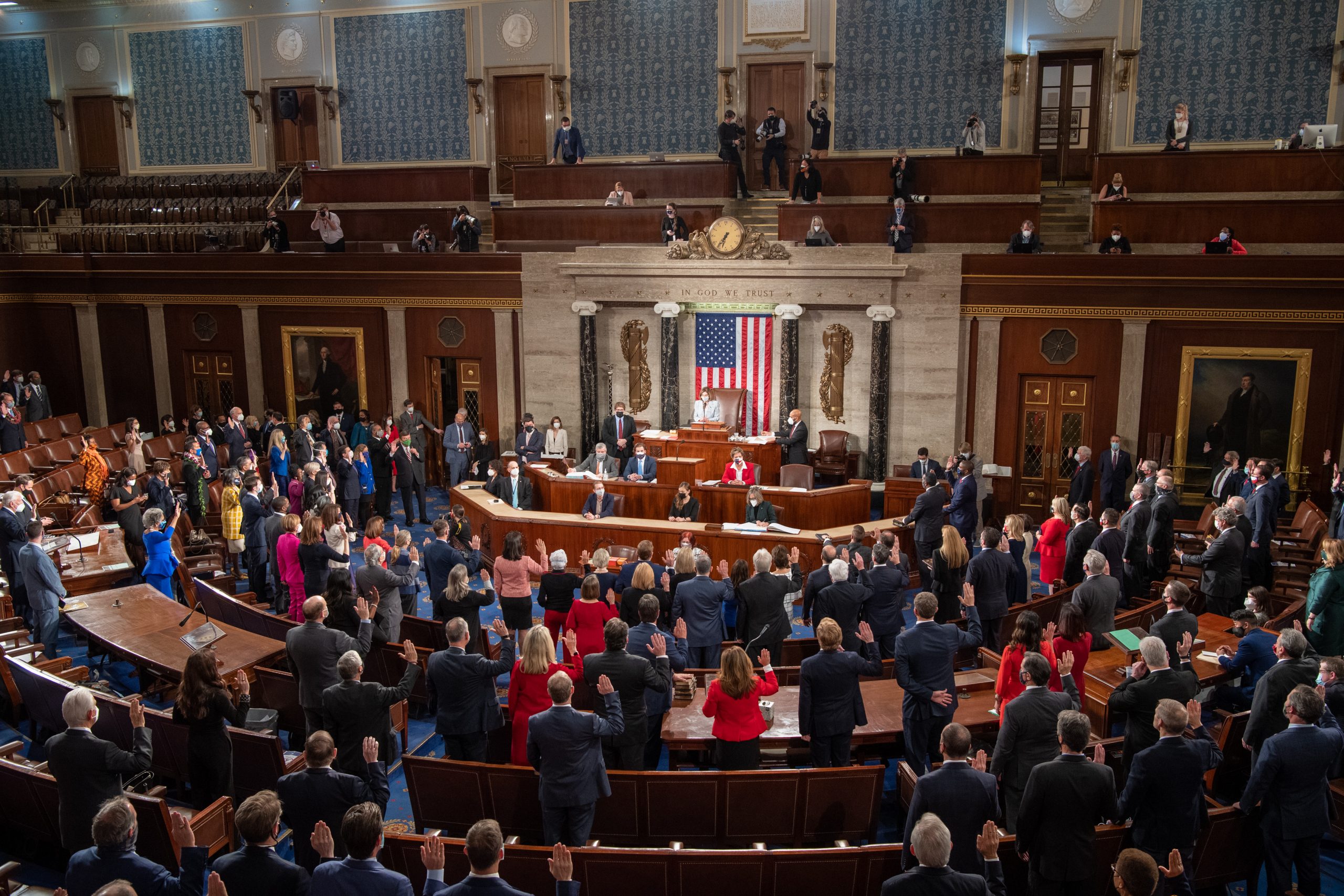“There is a Flower” John Rutter
- Home Page 353

House Committee on Education & Labor
This content is accessible to paid subscribers. To view it please enter your password below or send mike@standardsmichigan.com a request for subscription details.
Smart Recycling Machine to collect the wasted Non-woven Fabric Face Mask
C.H. Li – S.L. Mak – W. F. Tang – M. Y. Wu – S. K. Lam
School of Science and Technology, The Open University of Hong Kong
Abstract: The outbreak of COVID-19 pandemic has changed the human habit worldwide since 2019. Everyone wears face mask as an important personal protective equipment (PPE) to protect themselves away from the virus after leaving home for work, social activity or study. Epidemic-prevention might only be relaxed until the vaccine for coronavirus have developed successfully. Non-woven fabric face mask (NFM) have played the important role for public to defense from infection of coronavirus through air, NFM is commonly used because it costs with low price, light weight, disposable and easy-to-use. Polypropylene (PP) is one of the plastic materials and applied as a core mask filter and needed a lifespan of 450 years for partially degradable. Most of researchers are focusing on the new mask materials development and seldom to tackle the NFM recycling problem. This research paper aims to (1) investigate an existing disposal method of NFM; (2) conduct a feasibility study on recycling method; (3) design an IoT-based smart NFM recycling machine for collecting and sterilising the disposed NFM. Opportunities in recycling NFM will also be addressed.
CLICK HERE FOR FREE ACCESS TO COMPLETE PAPER
New update alert! The 2022 update to the Trademark Assignment Dataset is now available online. Find 1.29 million trademark assignments, involving 2.28 million unique trademark properties issued by the USPTO between March 1952 and January 2023: https://t.co/njrDAbSpwB pic.twitter.com/GkAXrHoQ9T
— USPTO (@uspto) July 13, 2023
Standards Michigan Group, LLC
2723 South State Street | Suite 150
Ann Arbor, MI 48104 USA
888-746-3670
















